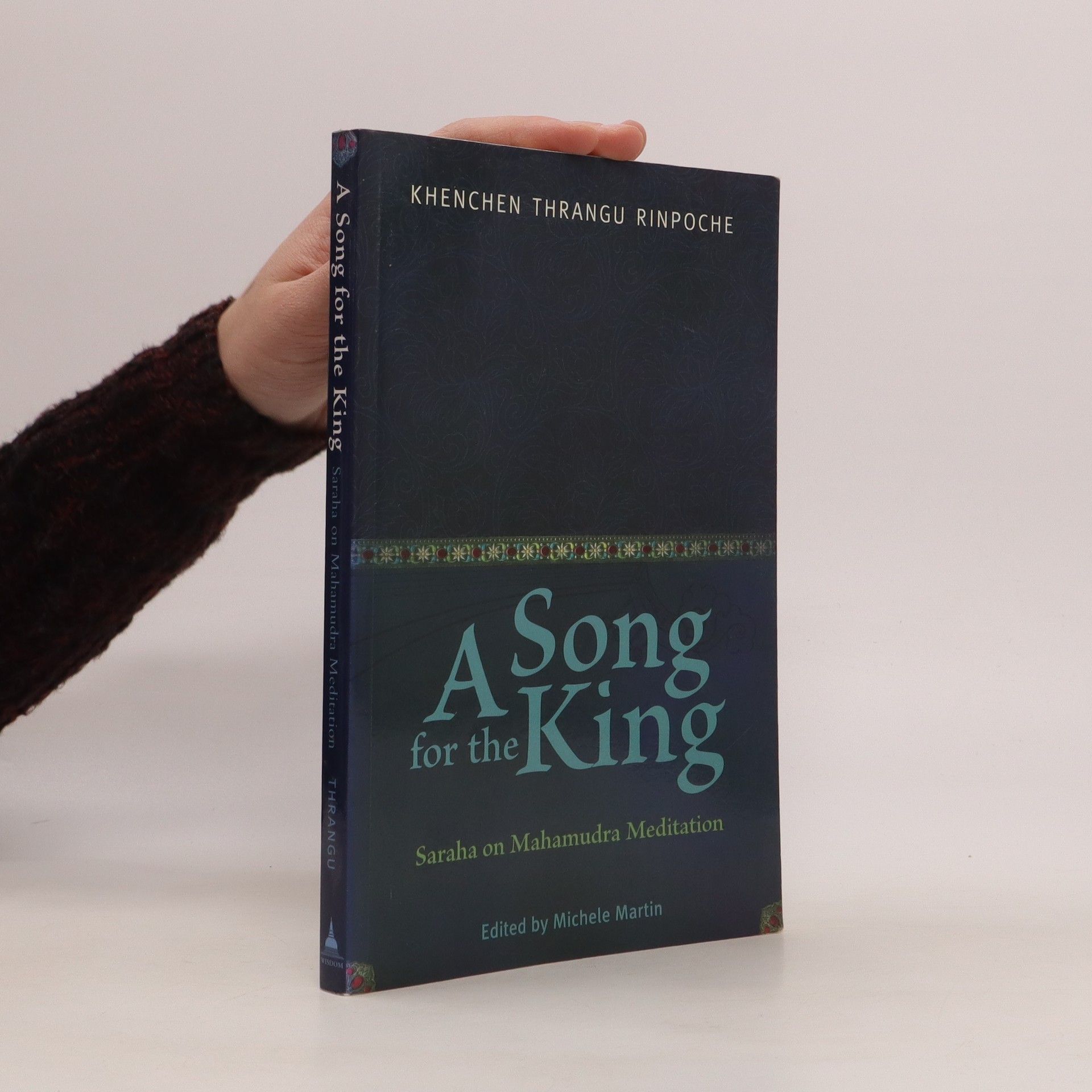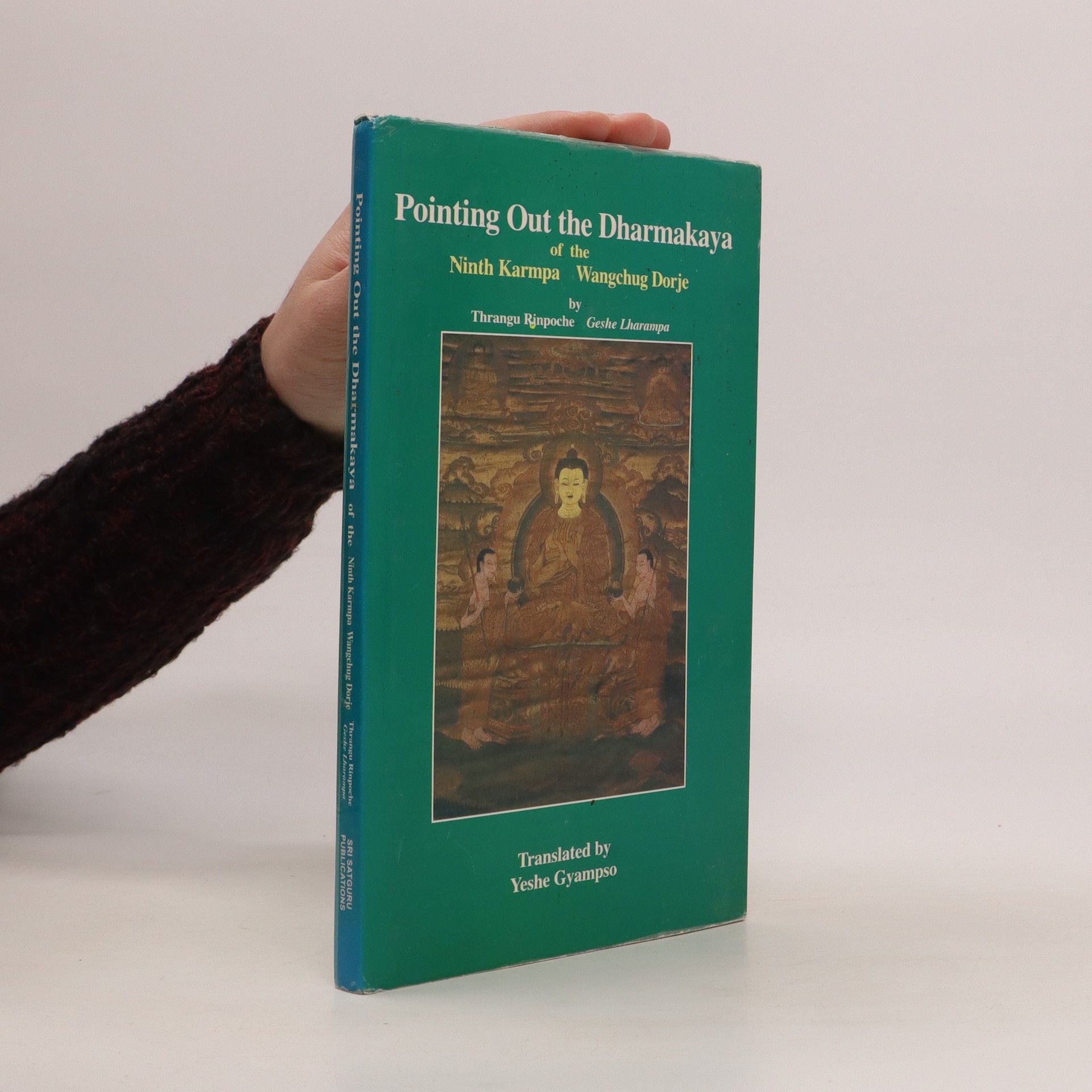Tilopa's Wisdom
- 224 pages
- 8 hours of reading
Accessible and practical teachings on both the life of Tilopa, who founded the Kagyu tradition of Tibetan Buddhism, and one of his most important texts on the practice of Mahamudra. Most traditions of Mahamudra meditation can be traced back to the mahasiddha Tilopa and his Ganges Mahamudra, a “song of realization” that he sang to his disciple Naropa on the banks of the Ganges River more than a thousand years ago. In this book, Khenchen Thrangu, a beloved Mahamudra teacher, tells the extraordinary story of Tilopa’s life and explains its profound lessons. He follows this story with a limpid and practical verse-by-verse commentary on the Ganges Mahamudra, explaining its precious instructions for realizing Mahamudra, the nature of one’s mind. Throughout, Thrangu Rinpoche speaks plainly and directly to Westerners eager to receive the essence of Mahamudra instructions from an accomplished teacher.




